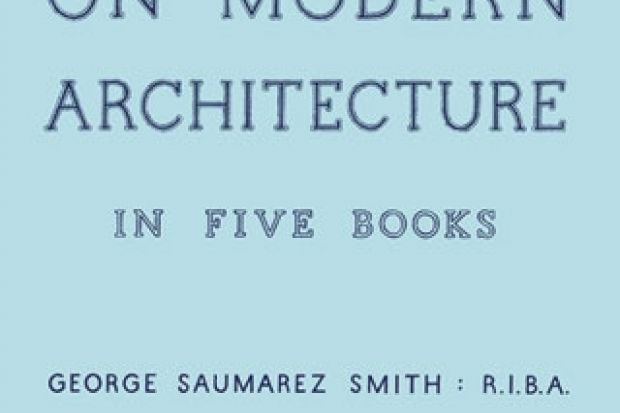This is a delightful book: beautifully designed and finely printed, intelligently written and exquisitely illustrated, it shows something of what sensitive architects, properly versed in a coherent language of Classicism, can actually do in a world otherwise dominated by deconstructivists, money-grubbers, poseurs, ignoramuses and barbarians determined to make us all inhabit a dystopia where the sensibilities are constantly assaulted by violence, pornography, noise, conspicuous waste and graceless ugliness. (“It is all relative,” I hear the philistines cry, to which I respond: “No, it isn’t: have you no eyes, ears or souls?” [of course they haven’t].)
The fact remains that it is still possible to design and build works of real architecture that are agreeable, that do not leak, that do not wreck the environment, that please, that perform well in terms of function and energy conservation, that last, and that enhance and respect, rather than erode, the environment. Of course, the making of such an architecture requires skills, scholarship, learning, patience, sensitivity and intelligence, all commodities that take time to acquire, so are conspicuously absent in proliferating so-called “schools of architecture”, where standards are far below the baseline, learning is discouraged, slogans are all-pervasive, and the tabula rasa is all that counts, because any responses to existing contexts are not just ignored, but not even considered. Not only that, many “students” cannot draw, cannot make models, cannot think and cannot read, so to let such people loose to wreck cities, the countryside and towns even more cannot be regarded as responsible. Duds are duds, whatever might be pretended to the contrary.
George Saumarez Smith notes that even 20 years ago when he was a student there was a brief introduction to measured drawings of existing fabric in the first year, but shortly afterwards even that was cut from the syllabus. How on earth can so-called “architects” design in established contexts, or work on existing buildings of quality when they do not understand the first thing about either and have never been exposed to them? It is a disgrace. Saumarez Smith treats us to clear, beautiful graphics, pellucid prose and, above all, to an insight of what it means to be sensitive to detail, materials, craftsmanship, architectural vocabulary (Modernism never possessed anything more than incoherent grunts that passed as language to those dim enough to swallow nonsenses whole) and to have the skills to be able to put over ideas, using real materials, rather than treating brickwork as wallpaper (something all too evident in the annual shows in “schools of architecture”).
The author works in Winchester with Robert Adam, and is a director of ADAM Architecture, a firm producing serious works rooted in tradition, yet not mere slavish copies: one might describe them as drawing upon a rich resource, used freely, as one can do with a rich culture, but cannot accomplish with non-existent language devoid of vocabulary, grammar or any coherent system whatsoever. One glance at Saumarez Smith’s drawings is sufficient to show he understands how buildings are put together, using real materials such as brick and stone, and that he knows how to incorporate sculpture into architecture, such as the wonderful frieze by Alexander Stoddart at the gallery in New Bond Street, London, something that is integral to the building, not stuck on afterwards, a “prime sum” having been allocated for so-called “art”.
This reviewer has one quibble. At the price, one might have expected the book to be a hardback: that is a pity, for it deserved better, something worthy of the contents and production as a whole. Brainwashed Modernists will hate this book: admirers of beauty will love it.
A Treatise on Modern Architecture in Five Books
By George Saumarez Smith
Bardwell Press, 144pp, £40.00
ISBN 9781905622504
Published 16 September 2013




